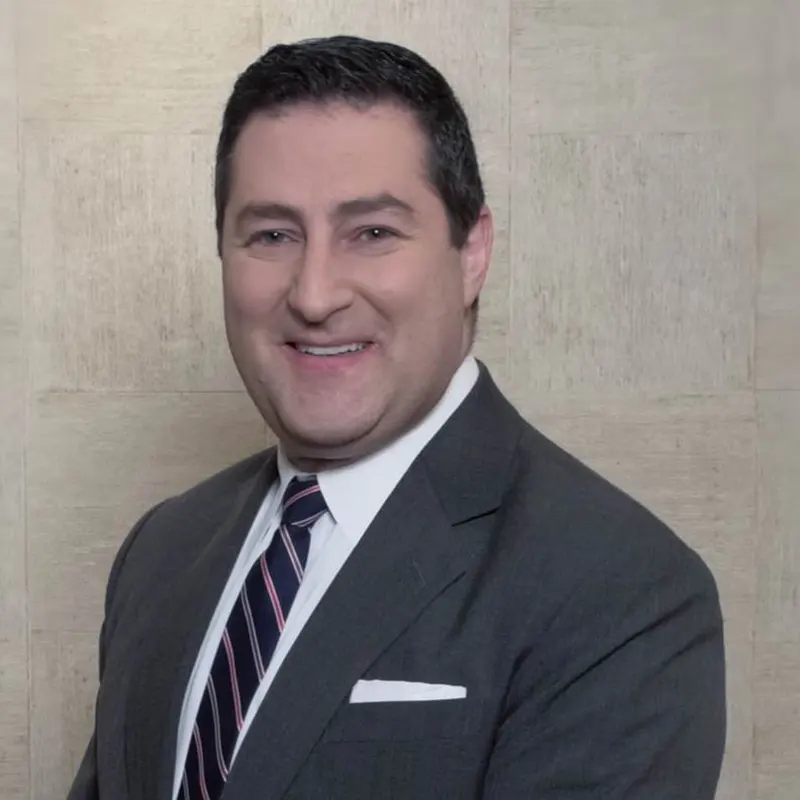

It takes a certain kind of courage to embark on a second marriage, even when there are no children from prior marriages. Regardless of how many times you walk down the aisle, the recent article “Establishing assets, goals when planning for a second marriage” from the Times Herald-Record advises couples to take care of the business side of their lives before saying “I do” again.
Full disclosure of each other’s assets, overall estate planning goals and plans for protecting assets from the cost of long-term care should happen before getting married. The discussion may not be easy, but it’s necessary: are they leaving assets to each other, or to children from a prior marriage? What if one wants to leave a substantial portion of their wealth to a charitable organization?
The first step recommended with a second marriage is a prenuptial or prenup, a contract that the couple signs before getting married, to clarify what happens if they should divorce and what happens on death. The prenup typically lists all of each spouses’ assets and often a “Waiver of the Right of Election,” meaning they willingly give up any inheritance rights.
If the couple does not wish to have a prenup, they can use a Postnuptial Agreement (postnup). This document has the same intent and provisions as a prenup but is signed after they are legally wed in the second marriage. Over time, spouses may decide to leave assets to each other through trusts, owning assets together or naming each other as beneficiaries on various assets, including life insurance or investment accounts.
Without a pre-or postnup, assets will go to the surviving spouse upon death, with little or possibly nothing going to the children.
The couple should also talk about long-term care costs, which can decimate a family’s finances. Plan A is to have long-term care insurance. If either of the spouses has not secured this insurance and cannot get a policy, an alternate is to have their estate planning attorney create a Medicaid Asset Protection Trust (MAPT). Once assets have been inside the trust for five years for nursing home costs and two-and-a-half years for home care paid by Medicaid, they are protected from long-term care costs.
When applying for Medicaid, the assets of both spouses are at risk, regardless of pre- or postnup documents.
Discuss the use of trusts with your estate planning attorney. A will conveys property, but assets must go through probate, which can be costly, time-consuming and leave your assets open to court battles between heirs. Trusts avoid probate, maintain privacy and deflect family squabbles.
Creating a trust and placing the joint home and any assets, including cash and investments, inside the trust is a common estate planning strategy. When the first spouse dies, a co-trustee who serves with the surviving spouse can prevent the surviving spouse from changing the trust and by doing so, protect the children’s inheritance. Let’s say one of the couple suffers from dementia, remarries or is influenced by others—a new will could leave the children of the deceased spouse with nothing.
Many things can very easily go wrong in second marriages. Prior planning with an experienced estate planning attorney can protect the couple and their children and provide peace of mind for all concerned.
Reference: Times Herald-Record (Sep. 21, 2020) “Establishing assets, goals when planning for a second marriage”
The 15 minute initial phone call is designed as a simple way for you to get to know us, and for our team to learn more about your unique estate planning needs.

